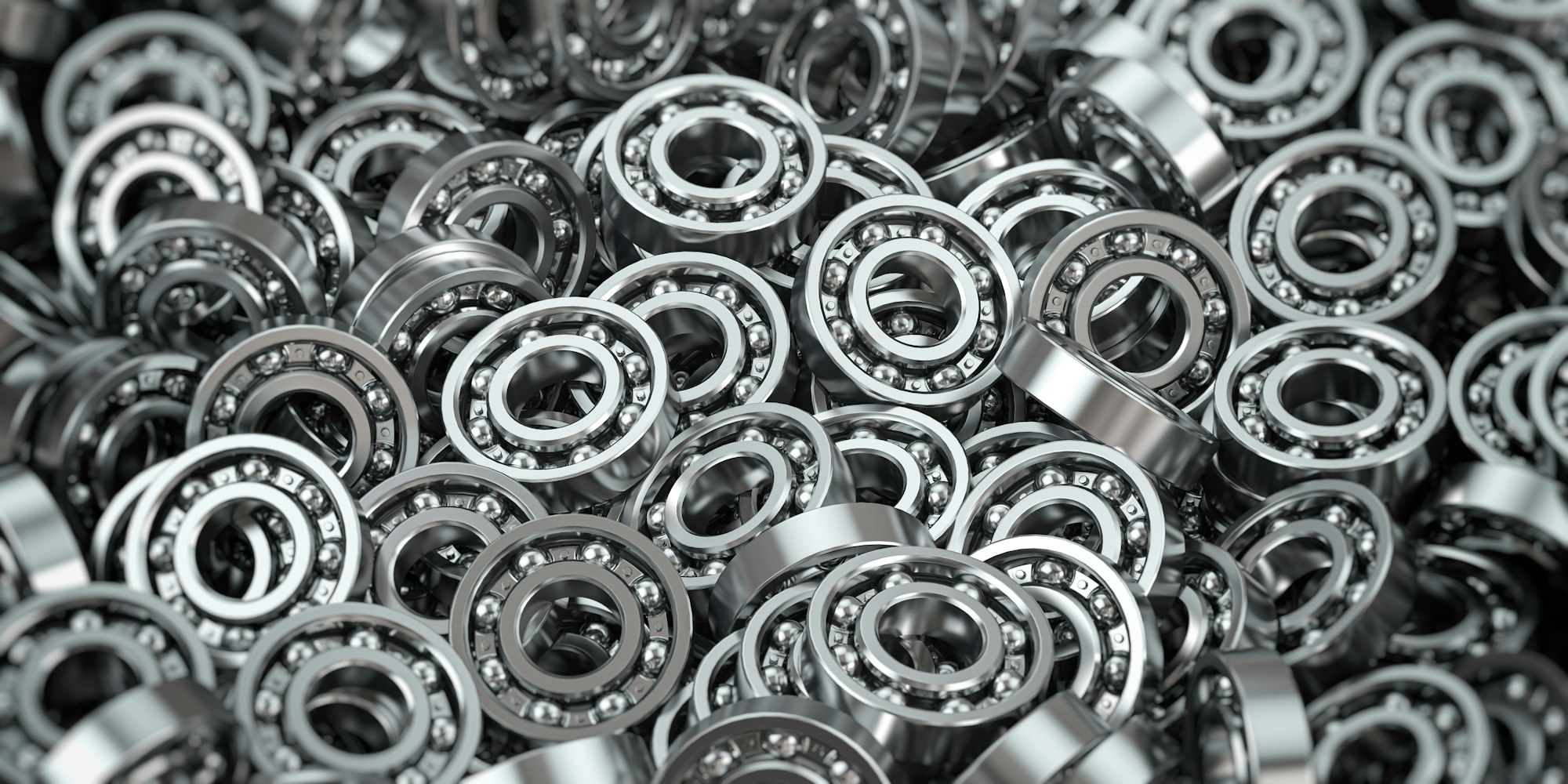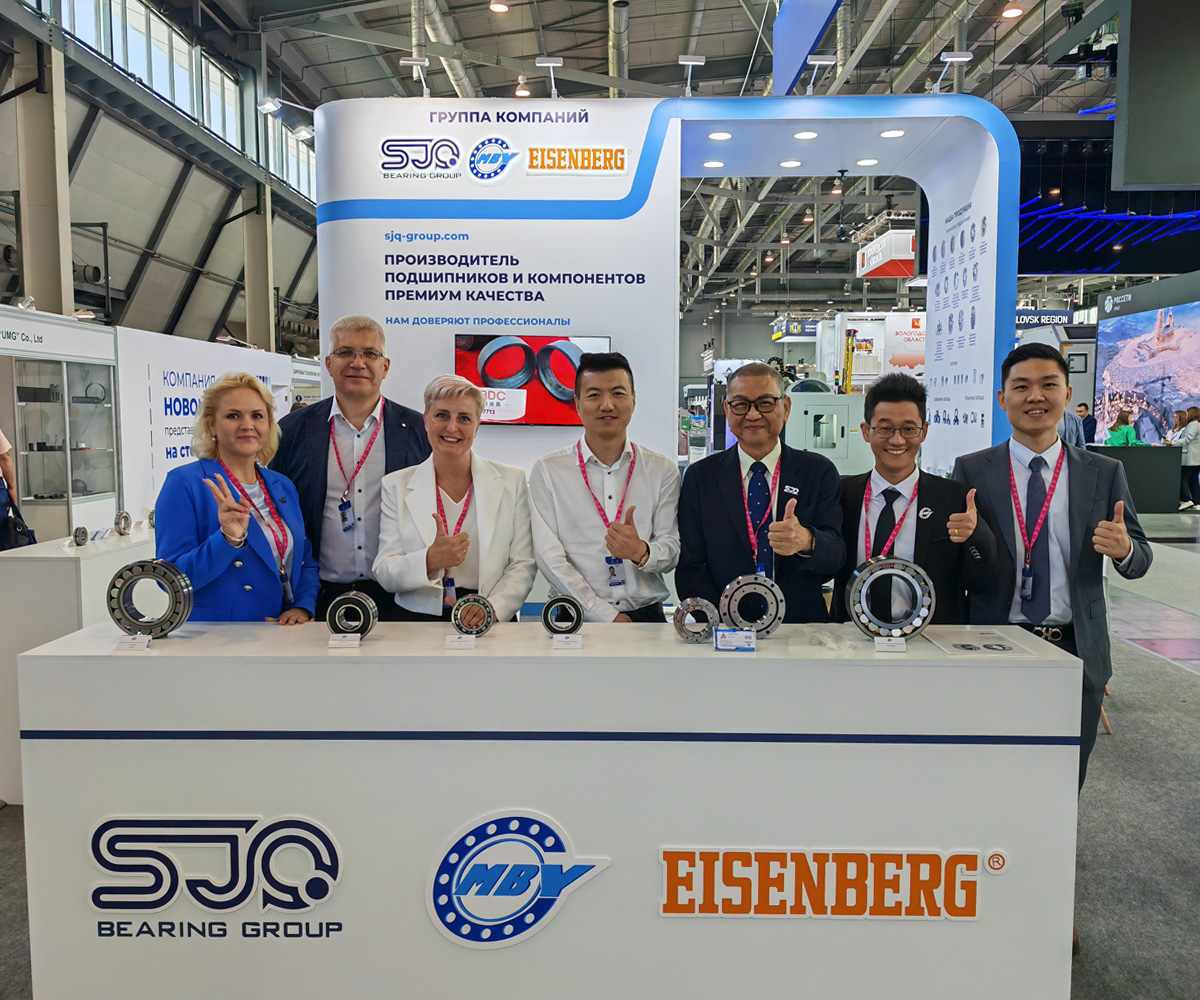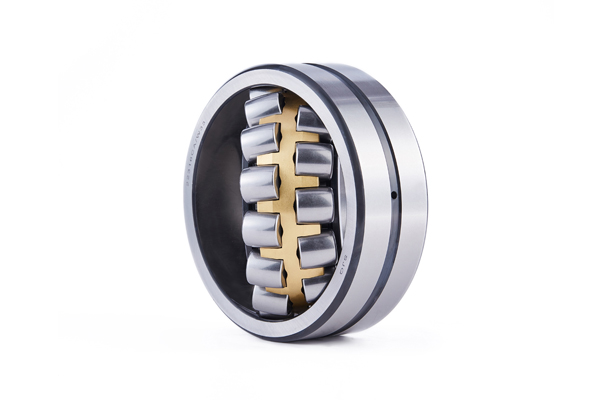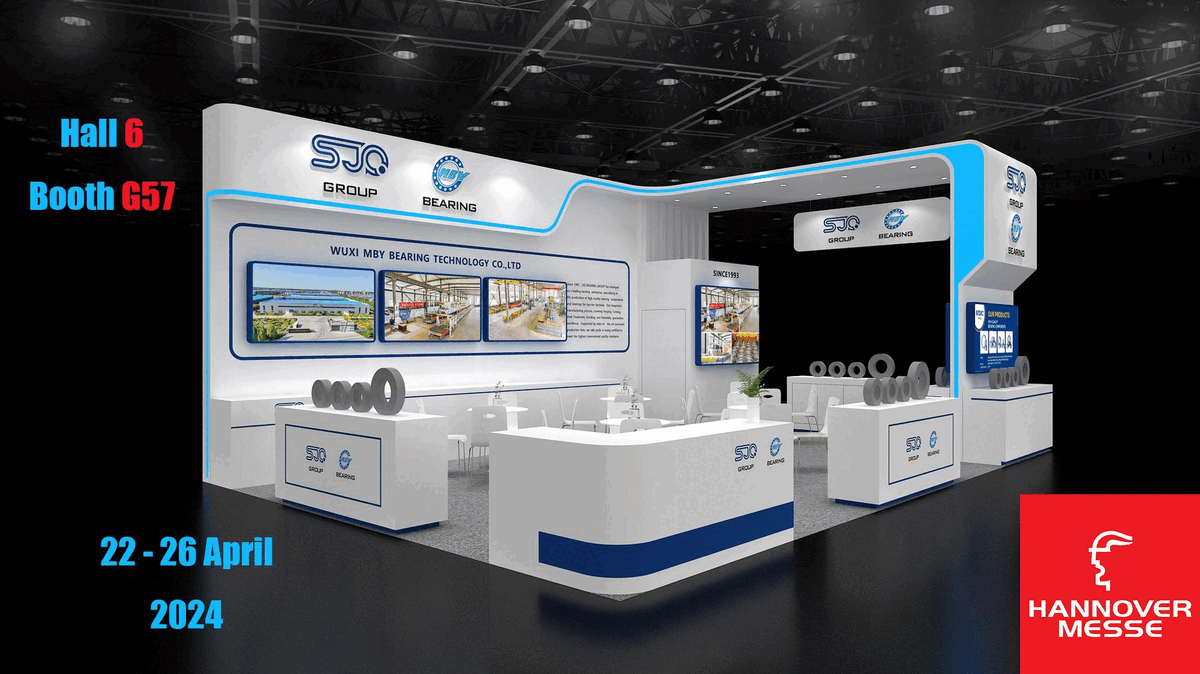Table of Contents

Roller bearings are fundamental pieces in innumerable mechanical systems. They enable soft and flawless motion by diminishing friction between rolling parts. These bearings come in diverse formats to fit distinctive applications in various industries.
For many users of these bearings, the question is, “How do roller bearings work?” In our post today, we aim to discuss what these bearings are, how they work, what they’re composed of, and more. Read on to find out.
What are Roller Bearings?
Roller bearings are known as integral components in mechanical systems. They’re manufactured to enable smooth and efficient motion by minimizing friction between rolling parts.
These bearings are delivered in distinctive shapes, including:
- Cylindrical roller bearings
- Tapered roller bearings
- Spherical roller bearings
Each of these models is appropriate for certain applications depending on load and speed demands.
Roller bearings generally offer unprecedented strength and dependability as they’re formed from long-lasting materials such as steel or ceramic. The versatility of these bearings makes them vital in diverse industries such as automotive, aerospace, manufacturing, construction, and many more.
Different Components of Roller Bearings
Roller bearings comprise a combination of vital components that play a significant role in their functionality. The outer race delivers a hard-and-fast outer ring that reinforces the bearing’s configuration and alignment. On the other hand, the inner race acts as the inner ring that enables silky rotation within the bearing assembly.
Rollers — also known as rolling elements — are arranged between the inner and outer races to distribute the load evenly and minimize friction. Besides, the cage or separator preserves the correct spacing and alignment of the rollers to sweeten the bearing’s equilibrium and performance.
Working Principles of Roller Bearings
The working principle of roller bearings is rooted in the fundamental concept of mitigating friction to enable seamless motion within mechanical systems.
As rotational force is applied to the bearing, the rolling elements — whether cylindrical, tapered, or spherical rollers — come into contact with both the inner and outer races. This contact redistributes the applied load evenly across the bearing, thereby reducing frictional resistance and facilitating smooth rotation.
Central to this principle is the role of the rolling elements in effectively distributing the load, ensuring that no single point within the bearing sustains excessive stress. Also, the surfaces of the races and rolling elements must be meticulously machined to result in smooth operation and minimize wear and tear.
What’s more, appropriate lubrication is critical in the operation of these bearings. Lubricants are employed to diminish friction and dissipate heat generated during operation, which consequently leads to maximized lifespan and efficiency of the bearing.
Types of Loads Supported
Roller bearings are proficient at the role of sustaining diverse types of loads present in mechanical systems. They can flawlessly accommodate radial loads — which are exerted perpendicular to the axis of rotation — by distributing the load evenly across the surface of the bearing.
Also, roller bearings can powerfully resist thrust loads — which are exerted parallel to the axis of rotation — through technical structures that appropriately transmit axial forces. What’s more, these bearings can manage merged loads — which include both radial and thrust components — using their mighty structure and adaptable arrangements.
Final Words
Different industries continue to prosper and the future of roller bearing technology seems to be promising. Innovations such as advanced materials, precision manufacturing techniques, and predictive maintenance solutions are due to boost the performance and lifespan of these bearings.
Sticking to these developments will make roller bearings more efficient and result in safer and more enduring industrial approaches. As we go forward, these innovations in roller bearings find more potential to revolutionize diverse industries and form a promising future for mechanical engineering in the years to come.




